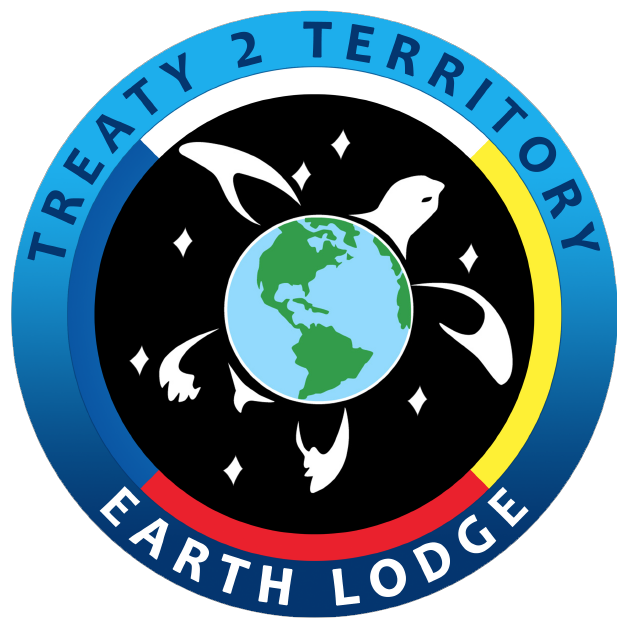Good Day! We hope that everyone is well and safe. During these unprecedented times, it is perfectly normal to feel sad or overwhelmed as many are apart from family and friends in our efforts to protect one another, especially those who live with a compromised immune system. First Nations (Indigenous) peoples are very resilient. Our ancestors lived in a time when often a family member married into another band, they wouldn’t see each other for a long time simply due to distance, weather, seasons, and transportation. Nor did our ancestors have the technology that we have today: cell phones, computers, social media, television, and “Native Tiktok.” Our ancestors lived off the land and oral tradition(s) was their education system; however, their stories also served as a form of entertainment because they loved to laugh, just as we do today. And although we are living through a trying time right now, it is also an opportunity to reconnect with the land, traditions, and language. That is why FNT2T Life Long Learning guest writer, Andrea Landry’s latest piece titled “Healing & Wellness as an Indigenous Mother Through Land-Based Living” is so fitting because it speaks to reconnecting with the land and our children. It speaks to allowing ourselves to feel emotions and embrace healing. We are resilient. Enjoy.
“The Land heals” my mother used to tell me, as we hiked along the North shore of Lake Superior, listening to the sounds of the waves as they crashed against the rocks. “The Land heals” she would say, as we hiked in the bush, checking the traps for martin furs in the middle of winter. “The Land heals” she would state, as we sat on her back deck, listening to the birds in the summer mornings, sharing our dreams from the night before. She passed away the summer after we danced. Unexpectedly. A ruptured brain aneurysm ultimately led us to take her off life support. And my whole world imploded.
I was carrying her first grandchild. Five months into my pregnancy and the one person I was supposed to learn how to be a mother from, my own mother, died. The heartbreak felt unbearable some days. Yet, I knew the teaching that my baby could hear every thought I was having and all my emotions would be stored in her body, if I kept it in. So each day, as difficult as it was, I felt those feelings. I cried, yelled, sobbed, and released. And as I did so, I spoke to my baby in the womb-world and told her exactly what the noises coming out of my body were. They were grief cries. I would wash my face clean and get dressed, if my heart allowed it. I would take a step outside, the crunch of snow underneath my feet, the cold air enveloping my lungs, and my body would so desperately want to run inside and hide under the comfort of my blankets again, safe in my cocoon. “The Land heals.” I would hear her. I would sigh and allow myself to be fully submerged in the Land.
Listening to the birds, watching the snow glisten, blinding me. I would walk up the hill behind the house, praying and speaking to my baby as I walked. I would talk to the trees around me, thanking them for their beauty, for allowing me to breathe on this Land.
And I began to plan. I would snare rabbits, I would teach my baby, as she grew, how to skin and gut them, confidently. I couldn’t take life right now, while I was carrying. That was the teaching. So I just put the intention out there. The intention was to learn more about how to move and live amongst the Land, to treat the Land like the relative it was. “The Land heals,” I heard her say.
My daughter is now four. She knows how to snare rabbits, plant and grow her own food, and to be creative and a relative with the Land. She thanks the rocks, the flowers, the medicines, as she speaks to it in hushed tones. “The Land heals,” I tell my daughter as I work at revitalizing what our relatives knew for generations.
“The Land heals.” And it always will.
Miigwetch to Andrea for sharing her knowledge and story. Renew and revitalize.
